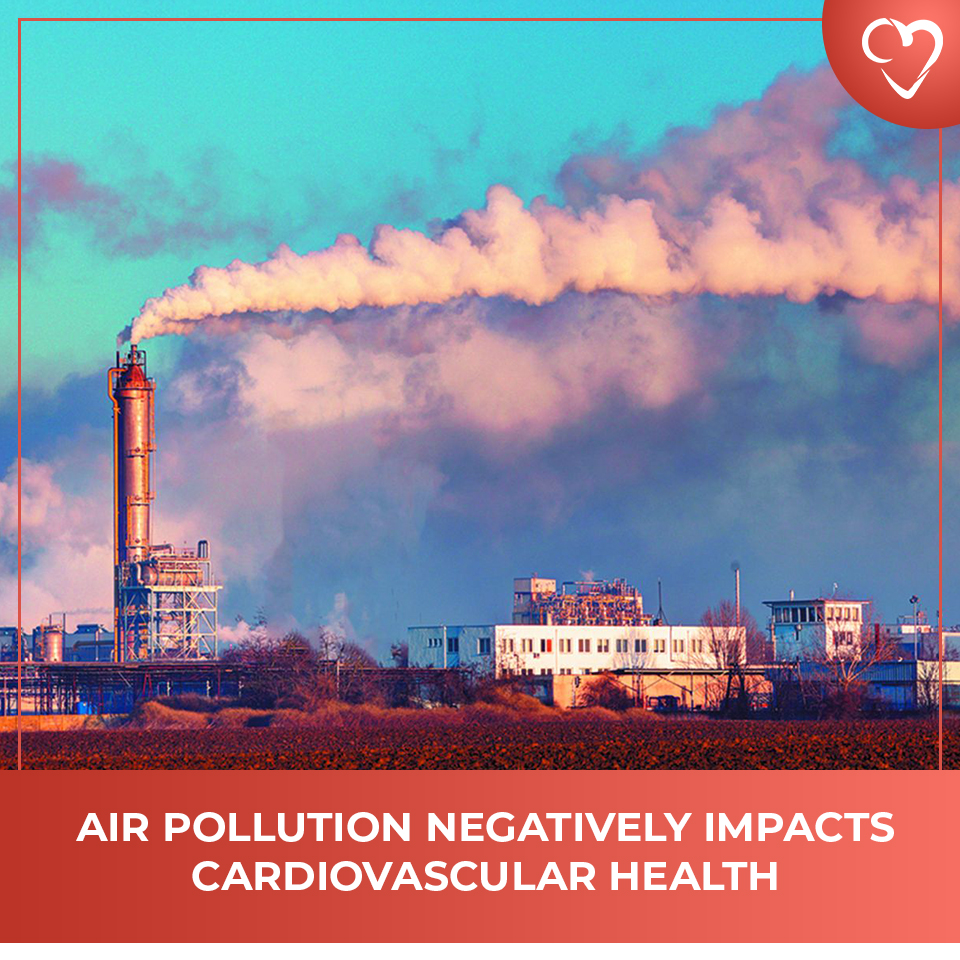
A meta review published last month in the Journal of the American College of Cardiology
examined air pollution studies and their effects on cardiovascular events. Within the report,
researchers confirmed a disturbing relationship between air pollution levels and CVD (including
mortality). Of course, environmental pollution of all kinds is disruptive to human health — a
Global Burden Disease study estimated that “9.0 million total deaths are directly attributable to
environmental pollution.” But here, study authors cite air pollution as the most important risk
factor in cardiovascular mortality and disability around the globe, stating that even short term
elevations in air pollution increase the risk of CV events. Meanwhile, long term exposure raises
a person’s risk of death by 10%.
These findings are especially concerning to the global health community because air pollution is
so widespread. As study authors explained, it’s the “pernicious, pervasive, persistent, and
protracted” nature of the pollution that makes it so deadly. How exactly does air pollution relate
to cardiovascular disease, though? Study authors further state that a “wealth of evidence”
shows that half of deaths from air pollution are actually from cardiovascular causes as opposed
to strictly pulmonary ones. In particular, researchers zeroed in on particulate matter size 2.5
(PM2.5), finding that even short term exposure to it increased the chances of myocardial
infarction. In addition, acute air pollution exposure was found to increase the risk of atrial
fibrillation, hypertension, insulin resistance or diabetes, and heart failure.
On top of that, the most concerning assertion from the study is that more than 90 percent of the
world population is exposed to air pollution levels that exceed the World Health Organization’s
stated healthy limit. In other words, until the global community gets a handle on limiting
emissions and other causes of air pollution, no one is spared.